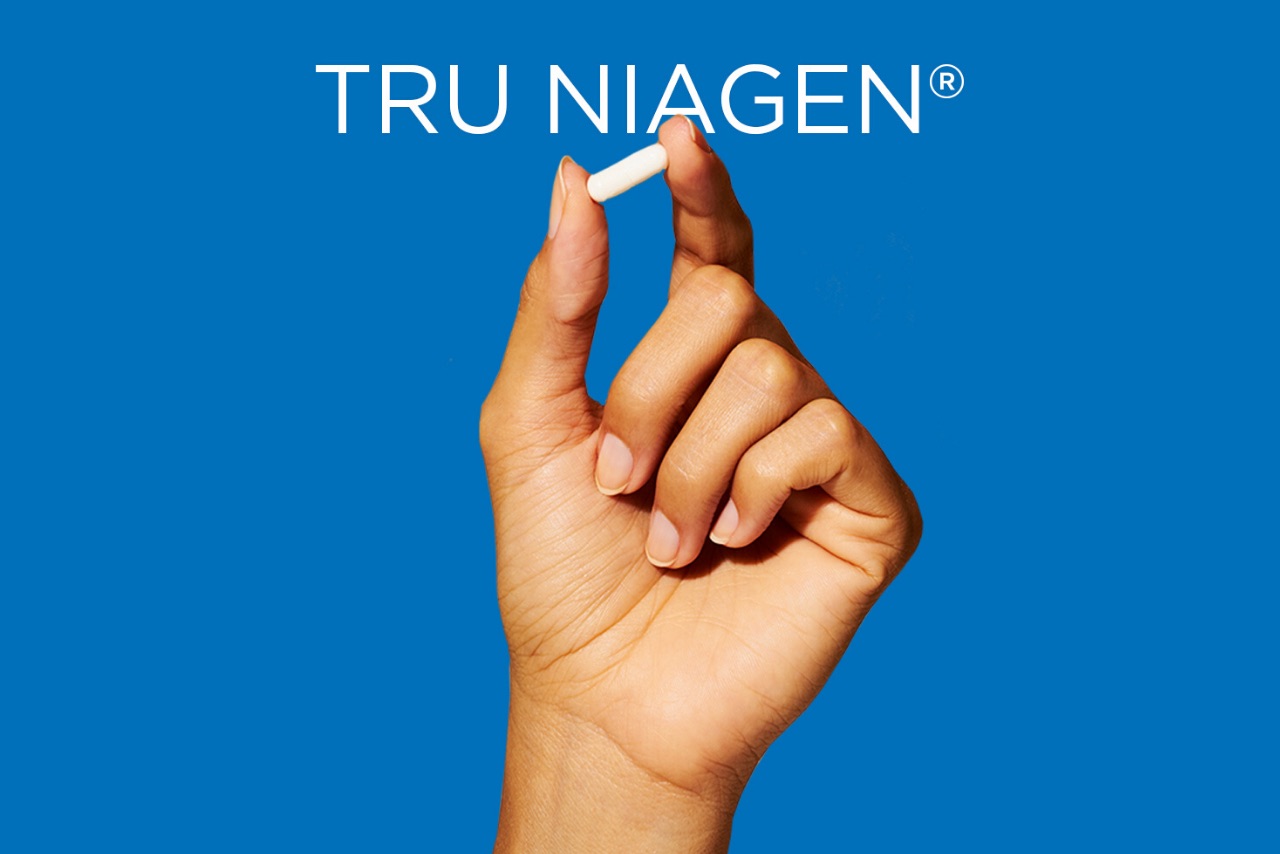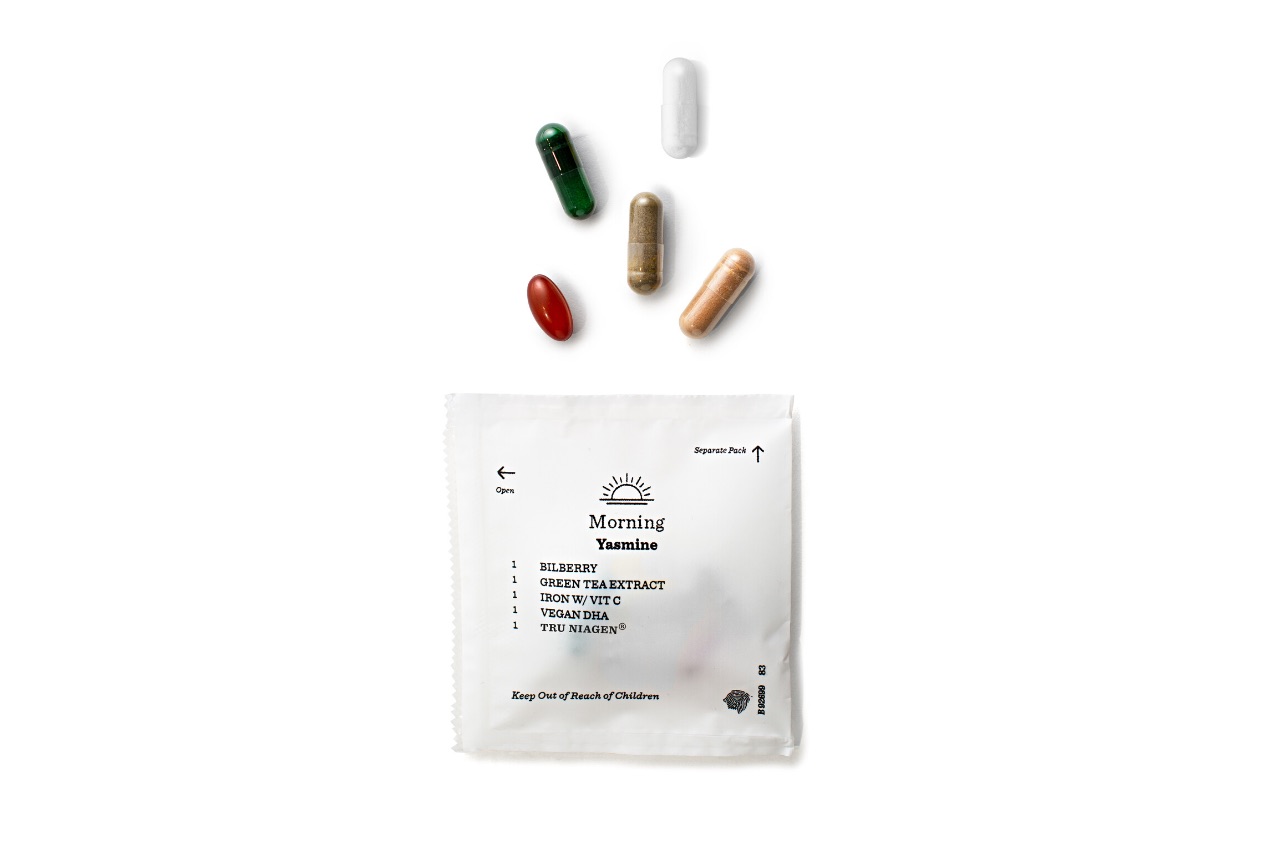Intermittent fasting is a diet that has recently gained just as much popularity as it has skepticism and criticism. Some swear by it claiming that this is not just a fad diet, but a life-altering approach to food. Others are not so quick to jump to the same conclusions. Either way, it’s intriguing for a diet to be so polarizing and it definitely makes me want to know more. So what is intermittent fasting and what does the research really say about it?
What is intermittent fasting?
Intermittent fasting is a type of diet that is characterized by a restriction of caloric intake usually for 12 hours or more. (5) It revolves around the idea that you can alter your metabolism’s normal routine to get the desired results. Sounds crazy, right? To alter one of the most complex functions in your body by simply adjusting your eating times? Although it sounds crazy, there is some truth here! The principal is that by fasting for long periods of time you are forcing your body to make a “metabolic shift” that usually occurs after 12 hours of not eating. (1, 6) This metabolic shift forces your body to stop utilizing glucose as its’ primary energy source and use fatty-acids instead, which is said to reduce muscle loss. (1)
Not only does intermittent fasting focus on the metabolic shift, but its’ other main driving principle is the creation of a caloric deficit. (5) This idea in the nutrition community is much more simple and widely proven that creating a caloric deficit will result in weight loss. So from the metabolism perspective so far we can see how there is evidence that suggests this diet could be beneficial.
What are the potential benefits?
There have been numerous research studies with rats that have shown promising results for the benefits of intermittent fasting. These potential benefits include reduced inflammation, improved glucose metabolism, improved cardiovascular health, increased resistance to disease and stress on cells, and reduced blood pressure. (1) There have also been preclinical studies and clinical trials showing benefits related to diabetes, certain cancers, and neurologic disorders. (2) In a 2018 review of the health benefits associated with fasting, they found that most studies showed a reduction in cardiovascular factors that indicate an increased risk for heart disease. (1) In other animal studies, there has been a link to certain types of fasting and delayed onset of Alzheimer’s and Parkinson’s disease. (2) Intermittent fasting can also help to improve insulin sensitivity, which means the body can use glucose more effectively. (9) Intermittent fasting may also play a role in aging as some evidence suggests reduced oxidative stress and inflammation (as the two are closely related) and can even help to preserve memory. (9)
All of these benefits sound great! Well, yes, in theory. But a lot of these studies with clearly defined benefits have only been conducted on animals and not humans. Unfortunately, we don’t have enough studies on humans or long-term studies on humans to determine if these benefits are still evident. Yes, some research does suggest that this diet can have many benefits, but on the contrary, there is a ton of research that has not been conducted yet and this diet has just simply not been studied long enough to know the long-term effects on human health.
What are the potential drawbacks?
Despite its benefits, there are multiple potential drawbacks with following this diet such as feeling dizzy, nauseous, light-headed, and fatigued after a fasting period. It also could reduce your exercise performance as you do not have proper nourishment throughout the day to fuel your workout as you normally would. Additionally, you may overindulge on the days that you are not fasting, creating unhealthy eating patterns due to your appetite hormones flaring after a period with very limited to no food intake for long periods of time. (7) There are also possibilities of weight regain, binge-eating disorder, and depression as food is just as much emotional and social as it is for nourishing our bodies. (8)
There is so much information on intermittent fasting that it can be hard to know where to begin and what to believe! However, it’s impossible to determine a diet as solely “good” or “bad” and recommend a diet for everyone or recommend it for no one because the science is so complicated and no one person is the same. There are so many factors that affect everyone’s individual outcomes even with the same approach toward food. Factors like your age, gender, genetics, lifestyle choice, and preexisting conditions can all greatly influence your body’s reaction to different diets. Nutrition is not a one size fits all approach, which is why it can be hard to figure out what is right for you. This also makes the research complex without the possibility of absolute black and white truths.
Despite some promising benefits in research studies, there are still a lot of unknowns about this diet. In general, this diet is not recommended for those who are pregnant, have diabetes, or are on medications. (5) Always contact your RDN and healthcare provider before starting a new diet to see what is best for you and your complex health profile.
The Do’s and Don’ts of Intermittent Fasting
Do:
- Continue to consume around the same amount of calories as you would if you were not fasting. The goal with intermittent fasting is not to slash your calorie count and completely skip meals, but instead to shorten the time frame in which you are consuming these calories.
- Plan meals that are nutrient-dense to provide you with the energy that you need to thrive. After fasting for 14-16 hours, it is crucial that the first meal you consume contains high-quality protein and healthy fats to nourish your body properly.
- Consume plenty of water and feel free to incorporate any zero-calorie beverages such as black coffee and unsweetened tea into your diet. Be mindful not to add any cream, milk, or sweeteners to coffee and tea as these do contain calories and can break your fast.
- Wait to take your supplements with your first meal. Supplements are best absorbed when taken with food as many vitamins and minerals are fat-soluble and need dietary fat for best absorption.
- If you do want to workout shortly before breaking your fast, consider supplementing with a BCAA which can help maintain lean body mass.
Don’t:
- Begin intermittent fasting too quickly. It is okay if you want to try a longer feeding window and a shorter fasting time before transitioning to the more traditional fasting time periods of 14/10 or 16/8.
- Be careful not to eat such a large meal when first breaking your fast for the day. This can contribute to digestive discomfort and may make it difficult to consume the rest of your meals throughout the day.
- Do not follow intermittent fasting or any sort of time-restricted eating if you have any history of or currently have disordered eating, an eating disorder, hormonal irregularities, or are trying to get pregnant.
- Do not complete a vigorous workout hours before breaking your fast. It is important to fuel yourself properly around your workouts and waiting too long to eat can leave you feeling extremely fatigued.
- Do not wait to take medications if you must take them at a specific time of the day with food. Please discuss with your doctor if you take prescription medications or have any other health conditions that may impact your ability to intermittent fast.
- Do not continue to follow this way of eating if it does not benefit you. Intermittent fasting should only be a diet tool that can positively benefit your life, and it results in any negative side effects, continuous fatigue, or impacts your relationship with food, it is likely not beneficial for you.
Take-Home Message
Intermittent fasting is not the answer to all your health concerns. It is not a magical way of eating that makes you lose weight overnight. Intermittent fasting may be a useful approach to aid in weight loss efforts or improve your overall health. If you are in good physical health and you have a healthy relationship with food, feel free to try it and see if intermittent fasting can benefit you!
















